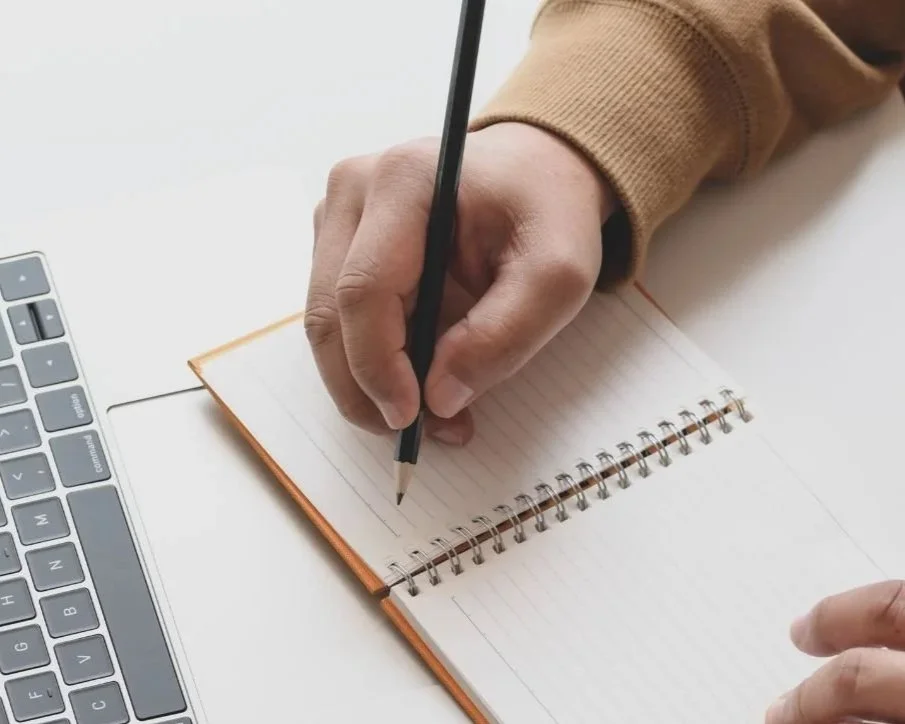Reawakening the practices of Eastern Reiki Techniques
This article was published on Reiki Rays. To read click here
Initially trained in Western Reiki, my practice took a deeper turn when I met a fellow practitioner at the UK Reiki Federation Conference, skilled in Eastern Reiki techniques. I began exploring these often-forgotten methods. I went on to complete a Reiki Master course focused on Eastern techniques. Over time, I started exploring and practicing various methods such as Joshin Koki-Ho and others, integrating them in my daily self-practice. These enriched techniques form the core of the courses I offer.
A traditional Perspective
“Reiki and the Benevolent Art of Healing" by Tomita Kaiji is a highly revered work that explores Reiki from a traditional Japanese perspective. If you’re exploring Eastern Reiki techniques and their origins, Tomita Kaiji’s book is a great resource for deepening your understanding of Reiki as a sacred healing art. In this book, Tomita Kaiji (a disciple of Mikao Usui) emphasises on
· How the Hara located in the lower abdomen and 2 inches below your navel is considered the body’s energy center.
· The Hara is considered to be the foundation of one’s physical and spiritual balance.
These practices reflect the original methods taught by Mikao Usui and focus on energy cultivation, intuition and spiritual development.
A short description of a few Eastern Reiki techniques
Byosen Reikan Ho (Active Scanning Technique)
A method of scanning the client’s body with your hands to detect areas of energetic imbalance. Practitioners sense for heat, tingling, pulsing or other sensations to identify where healing is most needed.
Reiji Ho (Spiritual Guidance Technique)
Silently ask Reiki to guide your hands and intuitively allow your hands to move to the areas where healing is required. It encourages trusting one’s inner guidance rather than following fixed hand positions.
Kenyoku Ho (Dry Bathing/Cleansing)
A self-cleansing technique to purify your energy before and after sessions. This involves sweeping hands from shoulder to opposite hip and from inside to outside of arms.
Jacki-Kiri Joka Ho (Cutting and Purifying Negative Energy)
A cleansing technique used to clear dense, stagnant or negative energy from a person, object or space before or during a Reiki session.
Joshin Kokyu-Ho / Joshin Koki-Ho (Breathing Meditation)
A meditative breathing practice to draw Reiki into the body. Inhale Reiki through the crown into the hara (lower abdomen), exhale and expand the energy outward.
Gyoshi Ho (Gazing Method / Sending Reiki through the eyes)
Reiki is channelled through the eyes through a soft, loving gaze, focusing on the client’s body while in meditation. This subtle yet powerful method directs healing without touch, ideal for seated sessions, distant work or when hands-on treatment isn’t possible.
Koki Ho (Sending Reiki with Breath)
Inhale Reiki into the hara, then exhale and blow the energy gently towards the affected area (without touching).
Shuchu Reiki (Group Healing Technique)
Shuchu Reiki is a powerful group healing technique where multiple Reiki practitioners channel Reiki simultaneously to a single recipient. It’s often practiced in Reiki shares, circles or Gakkai-style group sessions.
Reiki Mawashi (Reiki Circulation)
Reiki energy is circulated in a group circle, creating a powerful field of shared healing so everyone both gives and receives Reiki. It is often used in Reiki classes, shares or group meditations to help participants deepen their connection to Reiki and each other.
Hatsurei Ho (Method for Generating Reiki)
It’s both a self-practice for spiritual development and a way to increase the flow of Reiki before healing others. In traditional Usui Reiki Ryoho, it was a core daily exercise.
Hatsurei Ho: Cultivating Reiki Energy in Eight Steps
(Order may vary slightly depending on the lineage)
1. Seiza (Quiet Sitting)
Sit comfortably, spine upright, eyes closed. Breathe naturally and calm your mind.
2. Mokunen (Silent Intention)
Silently think: “I now begin Hatsurei Ho.” This aligns your focus.
3. Kenyoku (Dry Bathing)
4. Joshin Koki- Ho (Breathing Method for Focusing the Mind)
5. Gassho (Hands in Prayer Position)
6. Seishin Tōitsu (Unifying the Mind with Spirit)
Visualise Reiki flowing between your hands and into your body, strengthening your energy field.
7. Reiji Ho (Spiritual Guidance)
Invite Reiki to guide your hands where healing is most needed (If you’re about to give a treatment).
8. Mokunen (Silent Closing)
Silently think: “I have finished Hatsurei Ho”. Open your eyes and return to daily awareness.
By exploring these Eastern Reiki techniques, we reconnect with the original spirit of Usui Reiki Ryoho, where self-cultivation, intuition and mindful presence are as vital as hands-on healing. Whether it’s the gentle sweep of Kenyoku, the focused gaze of Gyoshi Ho, or the shared flow of Reiki Mawashi, each method deepens our relationship with Reiki and with ourselves. Practising them regularly not only refines our sensitivity to energy but also reminds us that Reiki is not merely a technique, but a living, evolving path of harmony and compassion.

